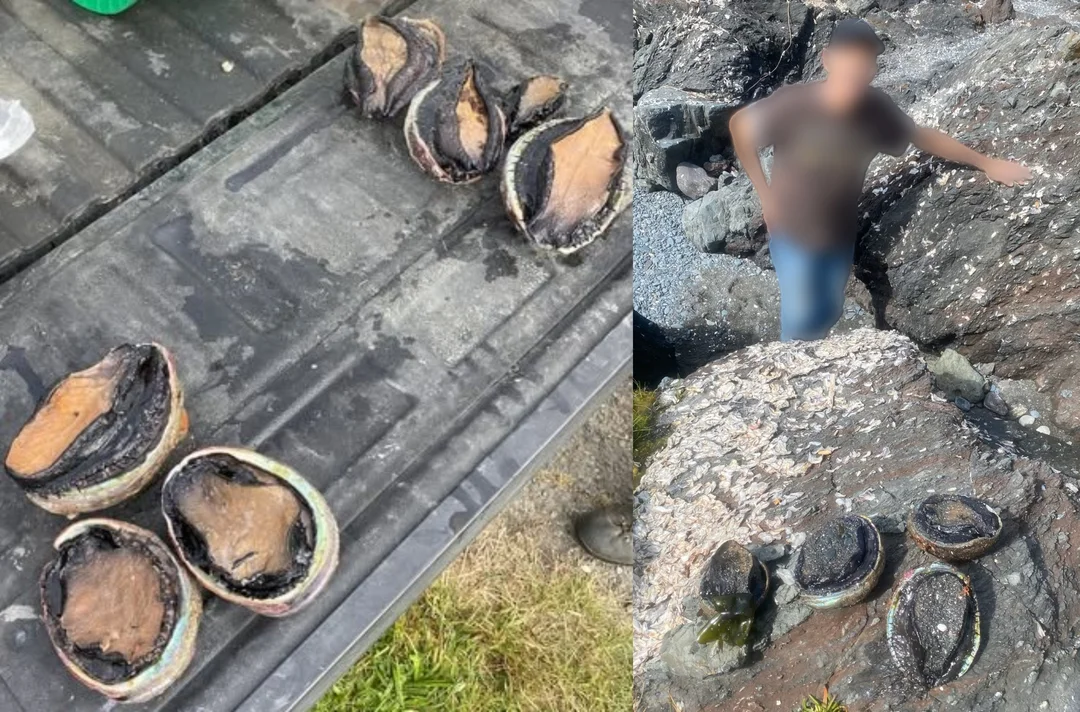
Red Abalone Poaching: A Battle to Protect California’s Marine Resources
In a significant move to safeguard the depleting red abalone population, the California Department of Fish and Wildlife (CDFW) recently reported catching poachers along the northern coasts of Sonoma, Mendocino, and Humboldt counties. This incident sheds light on not only the illegal harvesting issues but also the broader environmental challenges facing California's marine ecosystems.
The CDFW issued seven tickets to individuals engaged in poaching red abalone during a series of low tides, highlighting recent efforts to enforce regulations surrounding this fishery. Since the recreational fishing of red abalone was banned indefinitely in 2017—after alarming findings during ocean surveys indicated a steep decline in the population—the need for robust enforcement has become paramount. According to the CDFW, the fishery will remain closed until at least 2026, making these enforcement actions critical.
The CDFW commended their law enforcement team's actions in a statement, emphasizing the importance of protecting California's marine resources. As the population of red abalone continues to dwindle, impacted by “extreme” environmental changes such as rising ocean temperatures and toxic algae blooms, the stakes for enforcement are higher than ever. These environmental challenges have led to a dramatic spike in sea urchin populations, further threatening both the abalone and the ecosystems they depend on.
As abalone and sea urchins, both herbivores, rely on healthy kelp forests for food and habitat, the sharp decline of these forests due to overgrazing and environmental stress has led to documented changes in behavior. Researchers report that larger abalone are frequently seen climbing the stalks of kelp in search of food, while smaller ones abandon the security of rocky crevices, showcasing the desperate measures they are forced to take in the fight for survival.
This situation raises pressing questions about the balance of marine ecosystems and the impact of human activity on vulnerable species. It also prompts a consideration of how better conservation strategies may be implemented to protect not only red abalone but also the myriad of species like rockfish that rely on kelp forests.
In conclusion, the ongoing battle against illegal poaching is a crucial part of the larger effort to rehabilitate California's marine environments. As we witness these changes and challenges unfold, what role can the community play in supporting sustainable practices and advocacy for marine lifecycles? We invite you to share your thoughts and join the conversation about protecting our vital ocean resources.